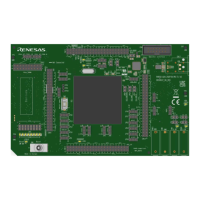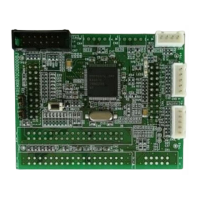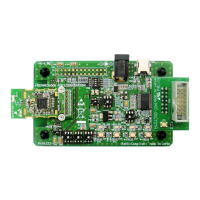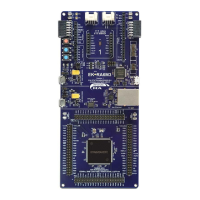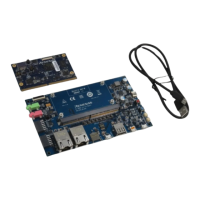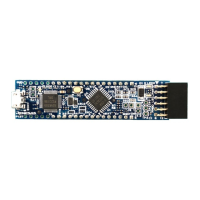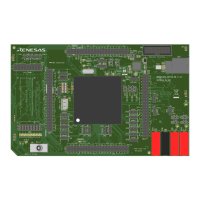R8C/1A Group, R8C/1B Group 16. Clock Synchronous Serial Interface
Rev.1.30 Dec 08, 2006 Page 182 of 315
REJ09B0252-0130
16.2.3 Interrupt Requests
Clock synchronous serial I/O with chip select has five interrupt requests: transmit data empty, transmit end,
receive data full, overrun error, and conflict error. Since these interrupt requests are assigned to the clock
synchronous serial I/O with chip select interrupt vector table, determining interrupt sources by flags is required.
Table 16.3 shows the Clock Synchronous Serial I/O with Chip Select Interrupt Requests.
CEIE, RIE, TEIE, and TIE: Bits in SSER register
ORER, RDRF, TEND, and TDRE: Bits in SSSR register
If the generation conditions in Table 16.3 are met, a clock synchronous serial I/O with chip select interrupt request
is generated. Set each interrupt source to 0 by a clock synchronous serial I/O with chip select interrupt routine.
However, the TDRE and TEND bits are automatically set to 0 by writing transmit data to the SSTDR register and
the RDRF bit is automatically set to 0 by reading the SSRDR register. In particular, the TDRE bit is set to 1 (data
transmitted from registers SSTDR to SSTRSR) at the same time transmit data is written to the SSTDR register.
Setting the TDRE bit to 0 (data not transmitted from registers SSTDR to SSTRSR) can cause an additional byte of
data to be transmitted.
Table 16.3 Clock Synchronous Serial I/O with Chip Select Interrupt Requests
Interrupt Request Abbreviation Generation Condition
Transmit data empty TXI TIE = 1, TDRE = 1
Transmit end TEI TEIE = 1, TEND = 1
Receive data full RXI RIE = 1, RDRF = 1
Overrun error OEI RIE = 1, ORER = 1
Conflict error CEI CEIE = 1, CE = 1

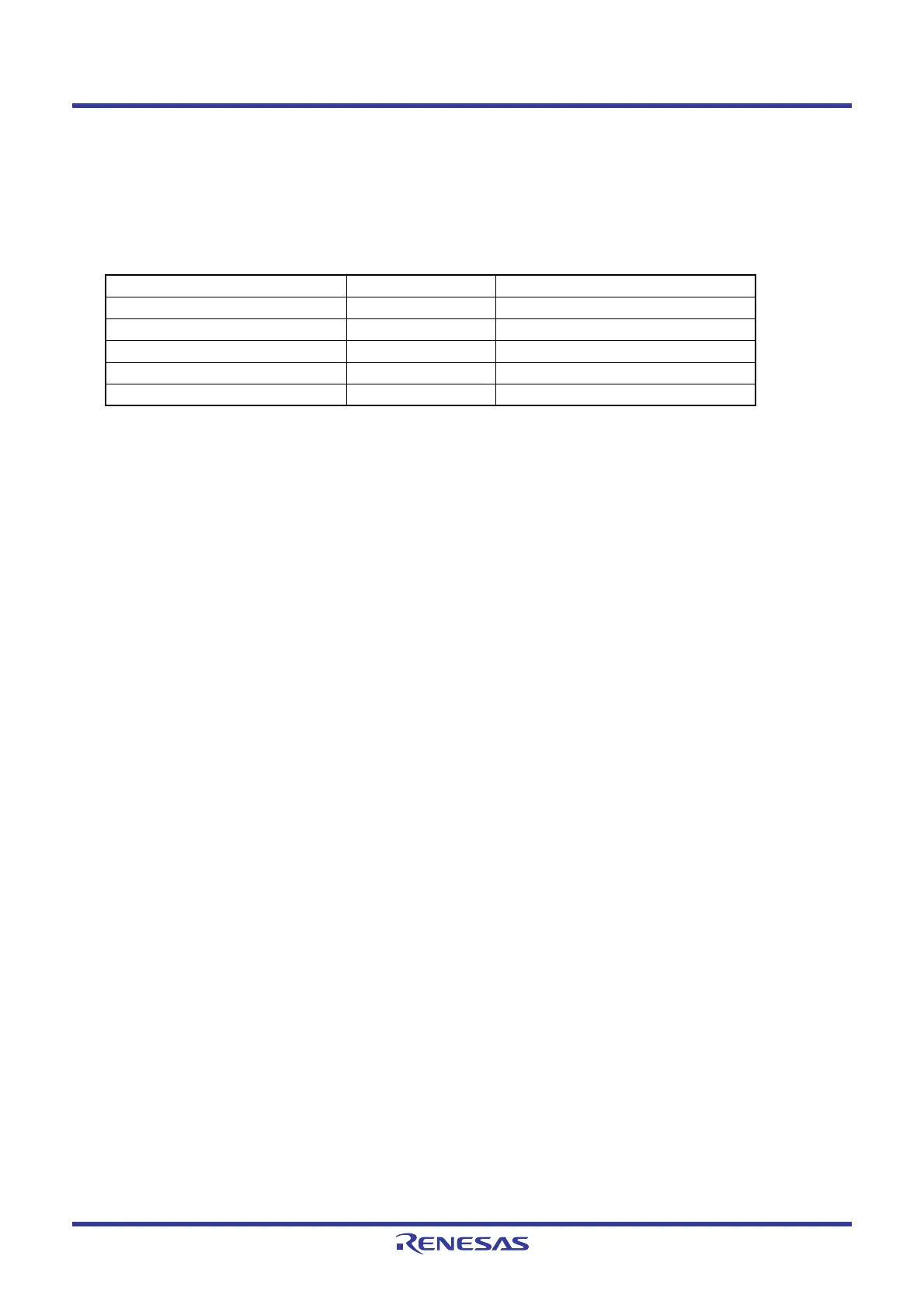